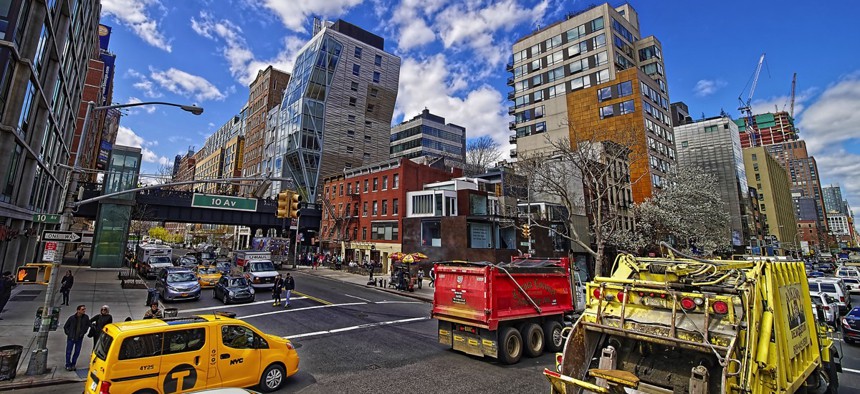Local Participatory Budgeting Might Not Be ‘One Size Fits All,’ But It’s Catching On


Connecting state and local government leaders
Processes benefit underrepresented communities and low-profile projects, though not necessarily the ones you’d expect.
More than 70,000 U.S. and Canadian residents spent almost $50 million in public funds through participatory budgeting in 2014 and 2015, according to a first-ever study of the process.
New York City-based nonprofit Public Agenda on Tuesday released its “Public Spending, by the People” report, which finds PB one of “the fastest growing forms of public engagement” locally—reaching 46 communities in six years.
Local PB allocations ranged from $61,000 to $3.4 million and averaged $1 million.
“PB can empower residents and alert elected officials to community needs they may not learn about otherwise,” Public Agenda’s president, Will Friedman, said in the announcement. “PB has the potential to strengthen civic engagement, help rebuild the public's trust in government and better distribute public funds to meet community needs.”

Various demographics lagged in their PB representation, including residents between 18 and 44 years old and those with less formal education. Low-income households tended to be overrepresented or represented proportionally to the local census, and women were overrepresented in almost all PB communities.
When it came to race and ethnicity, blacks were overrepresented or represented proportionally and Hispanics underrepresented in most communities.
"Critics have questioned whether PB can have long-term impacts on community well-being and equity in the U.S. and Canada within current budget allocations. We will need more time to assess that question,” Carolin Hagelskamp, Public Agenda’s director of research, said in a statement. "What we do know is that PB overall has brought out large numbers of residents from communities that are underrepresented in the mainstream political process. This is promising for the long-term impacts practitioners are expecting from PB.”

As for where PB money is mostly spent, parks and recreation projects made up the majority of ballot items followed by school projects. Schools received the largest share of PB funds, 33 percent, however.
Rarer were public safety items, which tended to be favored by voters, and public housing projects, which had a low chance of winning.

According to the study, city to city, ballots varied greatly—it’s worth noting.
Dave Nyczepir is a News Editor at Government Executive’s Route Fifty.

NEXT STORY: Looking at Two Participatory Budgeting Processes





